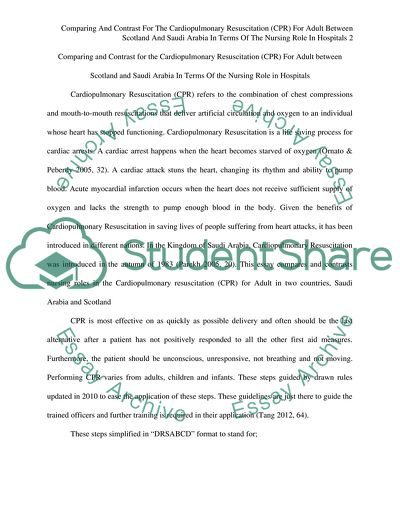Cite this document
(“LEARNING THROUGH WORK- Compare and contrast Essay”, n.d.)
LEARNING THROUGH WORK- Compare and contrast Essay. Retrieved from https://studentshare.org/nursing/1634405-learning-through-work-compare-and-contrast
LEARNING THROUGH WORK- Compare and contrast Essay. Retrieved from https://studentshare.org/nursing/1634405-learning-through-work-compare-and-contrast
(LEARNING THROUGH WORK- Compare and Contrast Essay)
LEARNING THROUGH WORK- Compare and Contrast Essay. https://studentshare.org/nursing/1634405-learning-through-work-compare-and-contrast.
LEARNING THROUGH WORK- Compare and Contrast Essay. https://studentshare.org/nursing/1634405-learning-through-work-compare-and-contrast.
“LEARNING THROUGH WORK- Compare and Contrast Essay”, n.d. https://studentshare.org/nursing/1634405-learning-through-work-compare-and-contrast.


